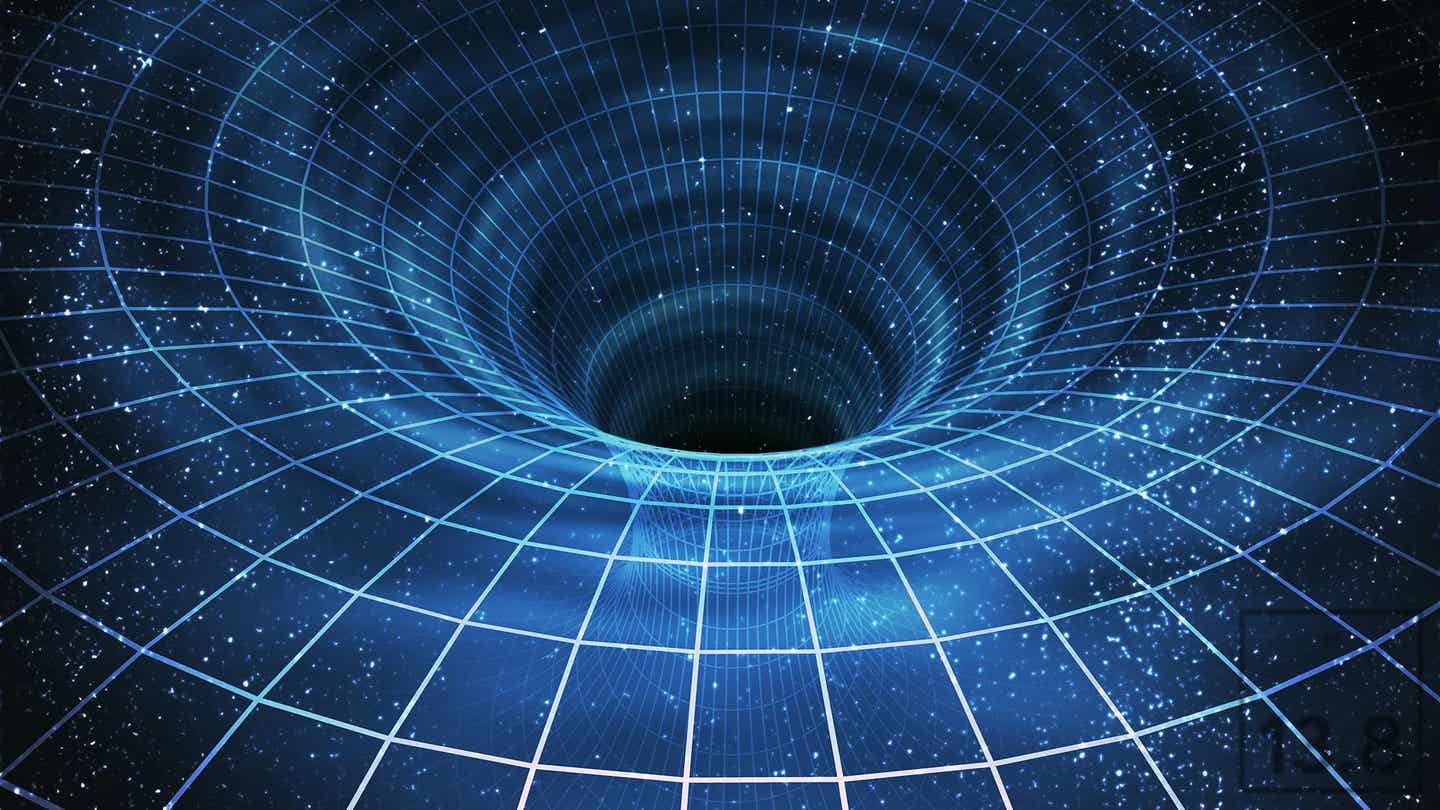Quantum Gravity: How Information Theory Could Reveal the Universe’s Deepest Secrets
New theory links gravity to quantum entropy, providing fresh insights into dark matter and universe expansion mysteries.

Black holes have entropy and emit radiation, phenomena that hint at deeper links between information theory and spacetime geometry. (CREDIT: vchalup / Adobe Stock)
For decades, physicists have faced one of science’s greatest puzzles: merging quantum mechanics, which describes tiny particles, with general relativity, which explains the universe's vast structures. These two theories successfully describe the world individually but clash when combined.
Now, innovative research published in Physical Review D by Professor Ginestra Bianconi at Queen Mary University of London suggests a promising way forward. Her approach derives gravity directly from quantum information theory, potentially solving deep mysteries like dark matter and black holes.
Gravity as Quantum Entropy
Gravity, traditionally seen as the curvature of spacetime caused by massive objects, might instead arise from entropy—a measure of disorder. This new theory treats spacetime itself as a quantum system influenced by entropy. Quantum relative entropy measures how much two quantum states differ. In Bianconi’s model, this entropy shows the difference between the natural structure of spacetime and the geometry shaped by matter.
“This work proposes that quantum gravity has an entropic origin,” says Professor Bianconi. “Additionally, the emergent cosmological constant predicted by our model could help resolve the discrepancy between theoretical predictions and experimental observations of the universe’s expansion.”
Previous theories often struggled with defining gravity clearly at microscopic scales. However, this entropy-based approach neatly avoids these problems by using familiar mathematical tools from quantum information theory.
Under low energy conditions, the new equations closely match Einstein’s famous equations of general relativity. Yet, they also predict something extra—a small, positive cosmological constant that fits neatly with the universe’s observed accelerated expansion.
Related Stories
- New quantum gravity discovery could unite quantum mechanics and relativity
- Levitating diamonds spin at 1.2 billion RPM to unlock quantum gravity
- New unified gravity theory could finally bridge Einstein and quantum physics
Enter the G-Field
At the heart of this new model is something called the G-field, introduced as a mathematical tool known as a Lagrangian multiplier. The G-field ensures spacetime geometry and matter fields interact correctly, maintaining physical rules.
Beyond simplifying equations, this field might also help explain dark matter, the unseen substance affecting galaxy motion. For decades, scientists have searched unsuccessfully for dark matter particles. Now, the G-field provides an exciting alternative explanation.
Professor Bianconi explains, “The G-field might be a candidate for dark matter.” This potential is crucial because dark matter accounts for most matter in the universe, yet it remains invisible to current detectors.
Bridging Quantum Mechanics and Relativity
A notable advantage of this approach is its seamless integration with established physics. Unlike earlier attempts involving discrete models that struggle with spacetime curvature, Bianconi’s theory maintains Lorentz invariance—a key symmetry in physics ensuring that the laws remain consistent across all speeds.
The research leverages existing methods, including the Dirac-Kähler formalism used extensively in quantum field theory. This mathematical technique helps describe bosonic matter fields effectively, building a robust connection between quantum mechanics and gravity.
By employing familiar concepts from quantum information, Bianconi’s model bridges the gap between classical physics and quantum theories without needing entirely new mathematics.
Insights into Black Holes
One particularly fascinating outcome of this theory relates to black holes—regions of space where gravity is strong enough to trap even light. Traditionally, physicists understand black holes as places where spacetime stores information at the event horizon, but precisely how remains uncertain.
Since entropy plays a central role in this new theory, researchers might finally understand how information behaves around black holes. This insight could help resolve debates like the firewall paradox—where theorists argue about what happens to information falling into a black hole.
The idea that gravity might emerge from fundamental quantum interactions rather than existing independently adds weight to this model, potentially reshaping theories about how the universe began and how gravitational waves form.
The Road Ahead
The challenge of uniting quantum mechanics and general relativity remains complex, but Professor Bianconi’s work offers fresh hope. Future research will test the model's predictions against real-world data. If successful, physicists could rewrite our understanding of gravity and the universe itself, paving the way toward answering questions humanity has asked for centuries.
Bianconi’s theory does not merely propose gravity as another force; it suggests gravity emerges naturally from how matter interacts with spacetime geometry through quantum entropy. This shifts the perspective entirely—gravity would no longer be fundamental but rather a consequence of deeper quantum phenomena.
Ultimately, this groundbreaking research hints at a reality where understanding gravity might depend on our grasp of quantum information theory, opening exciting new paths in physics.
Note: Materials provided above by The Brighter Side of News. Content may be edited for style and length.
Like these kind of feel good stories? Get The Brighter Side of News' newsletter.



